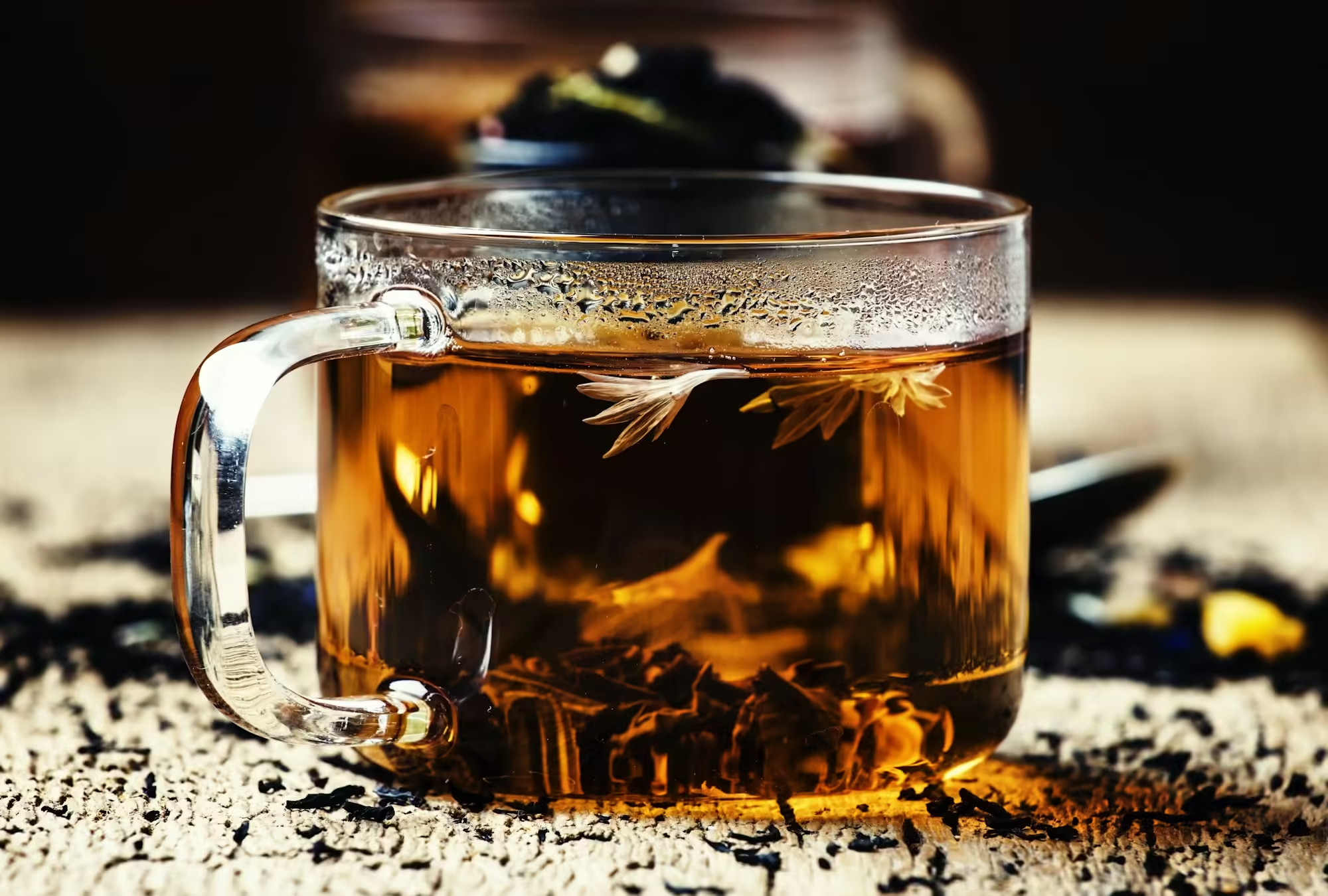
The Ultimate Guide to Black Tea
Black tea, cherished for its bold flavor and cultural significance, is one of the most consumed teas worldwide. Originating from China centuries ago, black tea has evolved into various types […]
 play_arrow
play_arrow
The Ultimate Guide to Tea Brewing Mr. Tea Talk
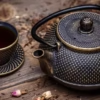 play_arrow
play_arrow
A Comprehensive Review of 3 Must-Have Tea Products on Amazon Mr. Tea Talk
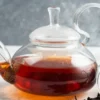 play_arrow
play_arrow
The Ultimate Guide to the Best Tea Essentials on Amazon: Kettles and Teapots You’ll Love Mr. Tea Talk
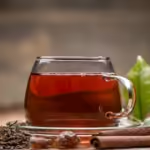 play_arrow
play_arrow
The Best Teapots for Tea Lovers: Silver vs. Borosilicate Glass Mr. Tea Talk

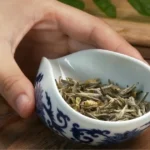 play_arrow
play_arrow
Ultimate Guide to White Tea Mr. Tea Talk
White tea, celebrated for its delicate flavor and minimal processing, is revered as one of the purest forms of tea. Originating from China centuries ago, white tea has captivated tea enthusiasts worldwide for its subtle sweetness and potential health benefits. In this comprehensive guide, we explore the origins, health advantages, various types, and optimal brewing methods of white tea to help you appreciate its gentle allure and unique qualities.
White tea comes from the Camellia sinensis plant, just like green, black, and oolong teas. What sets white tea apart is its minimal processing; it’s made from young tea leaves and buds that are simply plucked and dried, preserving their natural flavors and delicate composition. The name “white tea” derives from the fine silvery-white hairs on the unopened buds of the tea plant, which give the plant a whitish appearance.
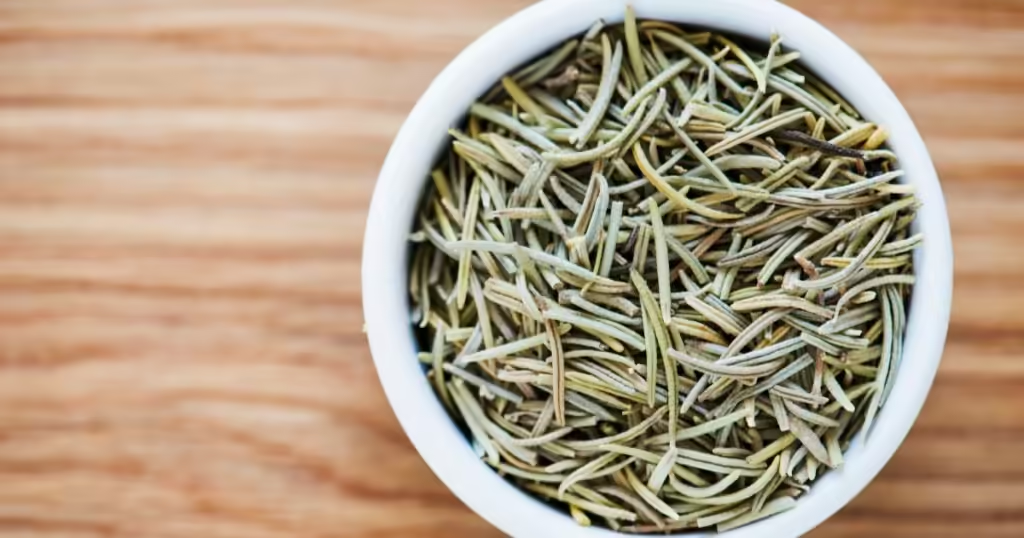
White tea’s history dates back to the Tang Dynasty (618-907 AD) in China, though it gained prominence during the Song Dynasty (960-1279 AD). Historically, white tea was a luxury item, often reserved for royalty and high-ranking officials. The tea was meticulously crafted, with early records indicating that it was prized for its delicate taste and health benefits. Today, the Fujian province in China remains the most famous region for producing high-quality white tea, though it is now cultivated in various parts of the world, including India and Sri Lanka.
White tea is renowned for its numerous health benefits, largely attributed to its high concentration of antioxidants and minimal processing. Here are some of the key health advantages:
White tea contains high levels of antioxidants, such as catechins and polyphenols, which help protect cells from damage caused by free radicals. These antioxidants are known to have anti-inflammatory and anti-carcinogenic properties, which may help reduce the risk of chronic diseases.
Some studies suggest that the antioxidants in white tea may help protect the skin from aging and damage caused by UV rays. The polyphenols in white tea can help neutralize free radicals, which are known to accelerate the aging process. Regular consumption of white tea may contribute to healthier, more youthful-looking skin.
Research indicates that white tea may boost metabolism and help the body burn fat more efficiently, potentially aiding in weight management. Compounds found in white tea, such as catechins, have been shown to increase the breakdown of fat cells and prevent the formation of new ones.
Due to its low caffeine content and minimal processing, white tea is gentle on the stomach and may support digestive health. It can help soothe the digestive system and reduce inflammation, making it a suitable choice for those with sensitive stomachs.
White tea has been linked to improved cardiovascular health. The antioxidants in white tea may help reduce the risk of heart disease by lowering blood pressure, reducing cholesterol levels, and improving blood vessel function.
White tea varieties vary based on processing techniques and origin. Here are the most popular types of white tea:
Silver Needle is the most prestigious and sought-after variety of white tea. Made exclusively from young buds covered in silvery-white hairs, it is known for its subtle sweetness and floral notes. The delicate buds are handpicked during the early spring and undergo minimal processing to maintain their purity and flavor.
White Peony is made from both buds and leaves, offering a slightly stronger flavor with a balance of sweetness and mild astringency. This variety is more robust than Silver Needle but still retains the delicate characteristics of white tea. The inclusion of leaves gives White Peony a fuller body and a more pronounced flavor profile.
Tribute Eyebrow is made from more mature leaves, resulting in a darker color and bolder flavor compared to Silver Needle and White Peony. While it is less delicate than the other varieties, it offers a richer and more complex taste, making it a favorite among those who prefer a stronger cup of tea.
Shou Mei, or “Longevity Eyebrow,” is made from the leaves left over after the Silver Needle and White Peony harvests. It has a darker color and a stronger flavor, with a slightly fruity and woody taste. Shou Mei is often considered a lower grade of white tea but is valued for its affordability and robust flavor.
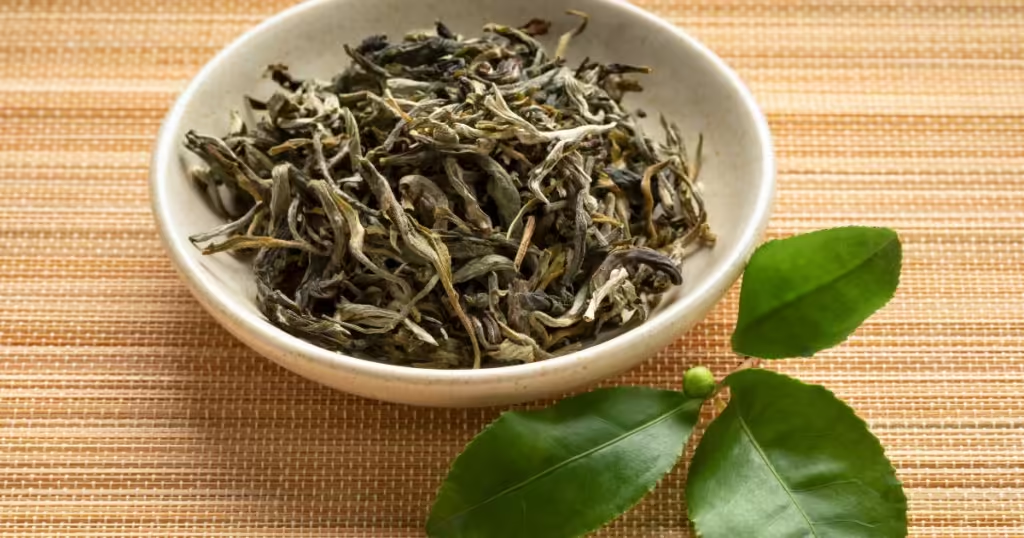
To brew a perfect cup of white tea, follow these steps:
Use water heated to around 170-180°F (77-82°C), just below boiling, to preserve the delicate flavors of white tea. Boiling water can scorch the leaves, resulting in a bitter taste. Using the correct water temperature ensures that the subtle flavors and aromas are fully extracted.
Steep white tea for 2-3 minutes for Silver Needle and 3-5 minutes for White Peony and Gong Mei. Adjust steeping times based on personal taste preferences. A shorter steeping time will yield a milder flavor, while a longer steeping time will produce a stronger, more robust cup of tea.
Use approximately 1-2 teaspoons of loose white tea leaves per 8 ounces of water. Adjust for desired strength. Using the right amount of tea leaves is crucial for achieving the perfect balance of flavor. Too few leaves can result in a weak and watery cup, while too many leaves can make the tea overly strong and astringent.
White tea can be brewed in various vessels, including traditional Chinese gaiwans, teapots, and even modern infusers. Each brewing method can slightly alter the flavor profile of the tea. Experimenting with different vessels can be a delightful way to explore the nuances of white tea.
White tea is best enjoyed on its own to appreciate its subtle flavors. It can be served hot or cold, depending on preference. Some tea enthusiasts enjoy white tea with a slice of lemon or a touch of honey to enhance its natural sweetness. However, it’s important not to overpower the delicate flavors with too many additives.
White tea stands out not only for its delicate flavor and minimal processing but also for its potential health benefits and historical significance. Whether you savor the sweetness of Silver Needle or the robustness of White Peony, white tea offers a tranquil tea-drinking experience that honors centuries of tradition and craftsmanship.
Next time you brew a cup of white tea, take a moment to enjoy its gentle elegance and reflect on the simplicity and purity it represents. Embrace white tea not just as a beverage, but as a serene journey into taste, health, and cultural heritage. As you sip, consider the meticulous care and centuries-old traditions that go into producing this exquisite tea, and let it transport you to a place of calm and reflection.
White tea’s subtle complexity and health benefits make it a valuable addition to any tea collection. Whether you’re a seasoned tea connoisseur or a newcomer to the world of tea, white tea offers a unique and rewarding experience. By understanding its origins, health benefits, and proper brewing techniques, you can fully appreciate the delicate allure and timeless elegance of white tea. If you want to more about tea categories, check our articles about Tea Categories.
Tagged as: Ceylon White Tea, White Tea, Silver Needle, White Peony, Tribute Eyebrow.

Black tea, cherished for its bold flavor and cultural significance, is one of the most consumed teas worldwide. Originating from China centuries ago, black tea has evolved into various types […]
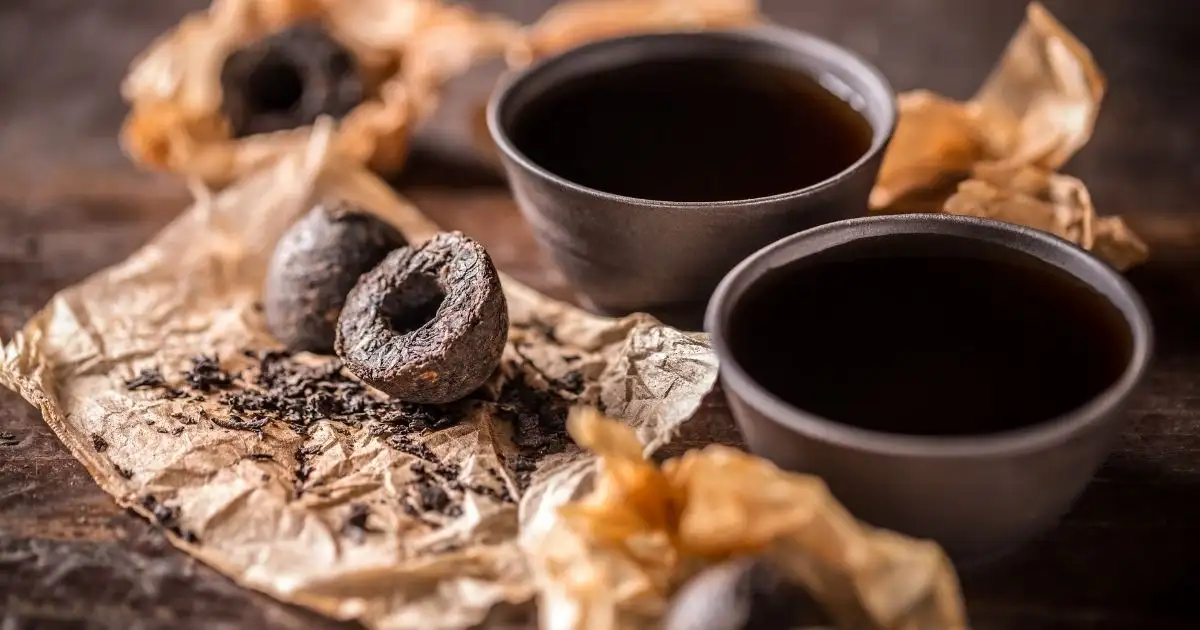
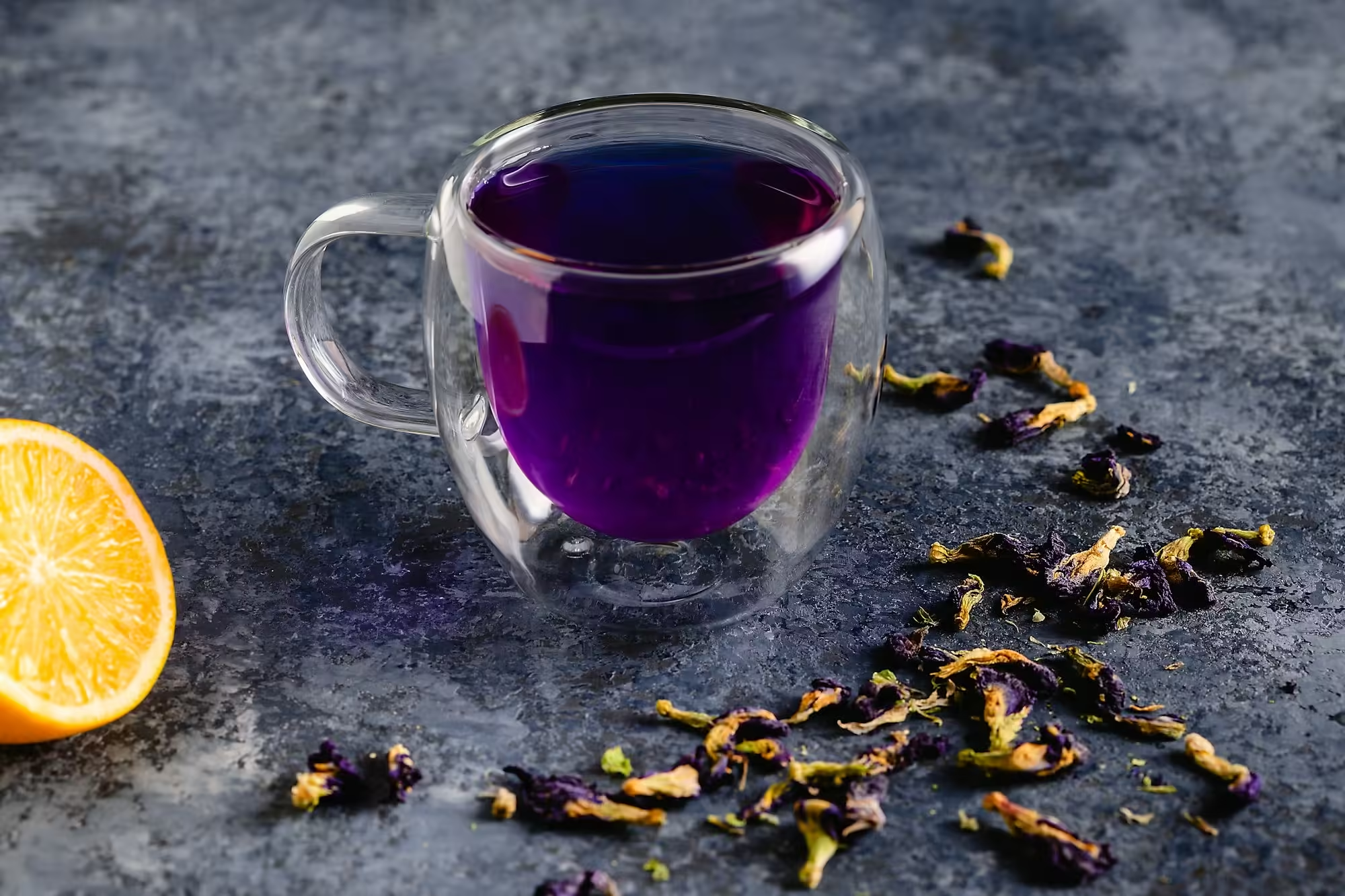
Copyright | Ceylon Wild Tea - All Rights Reserved | 2025
Post comments
This post currently has no comments.